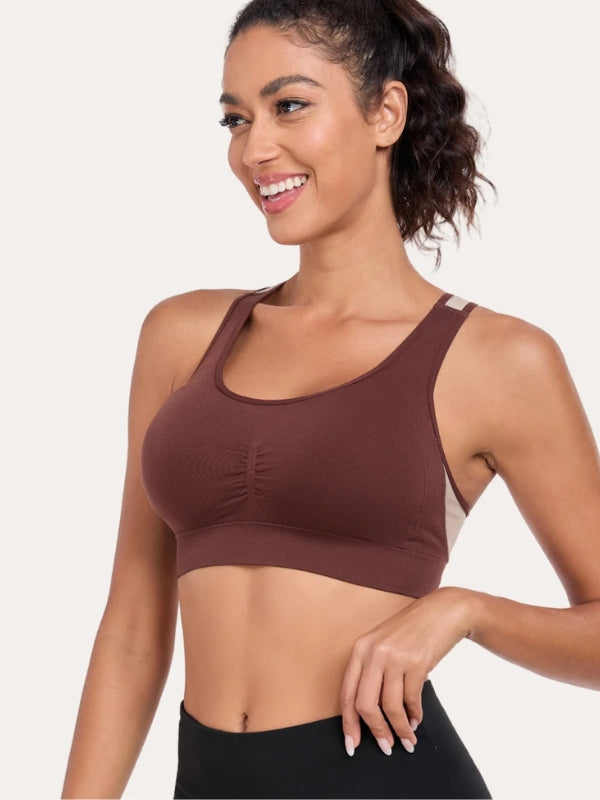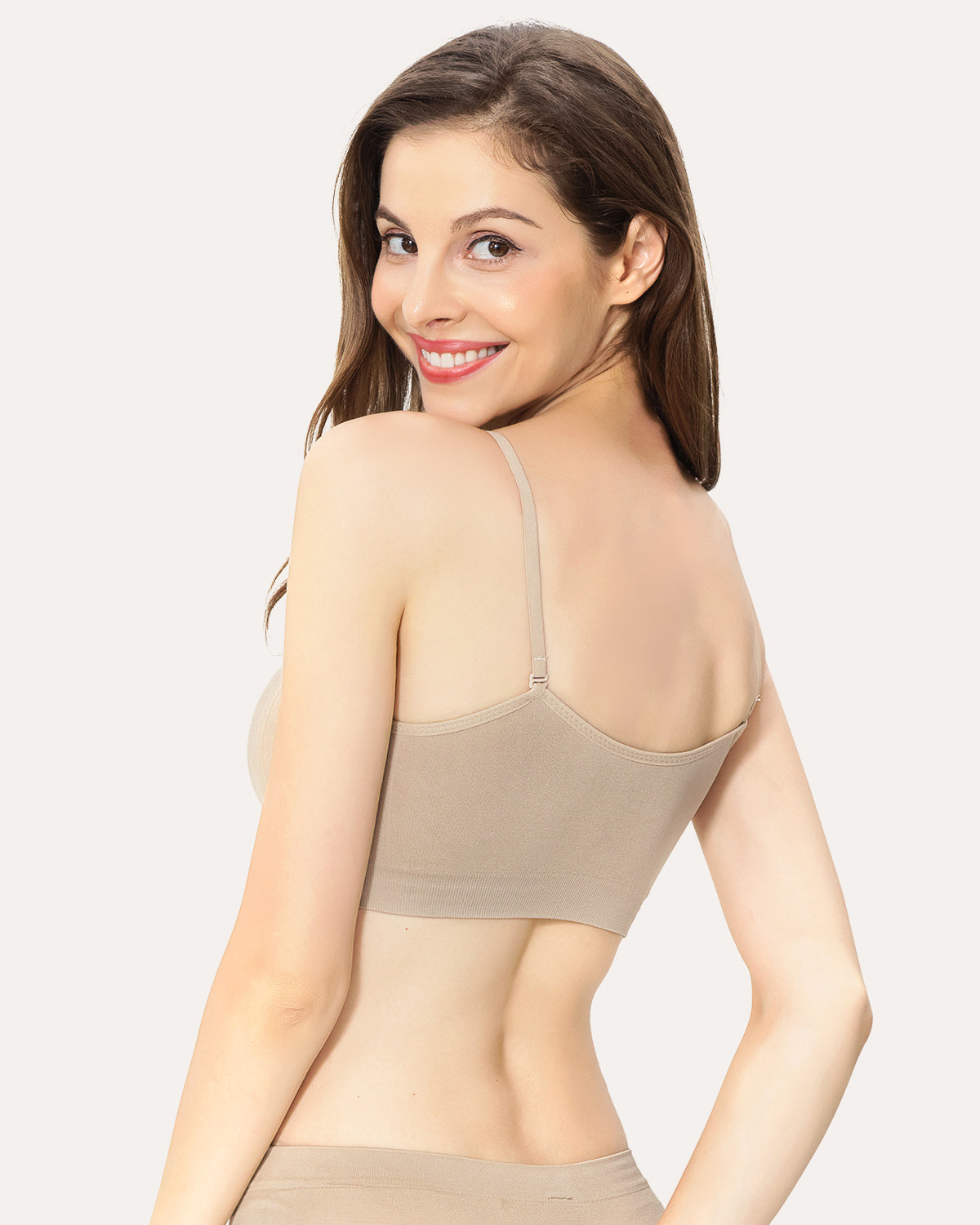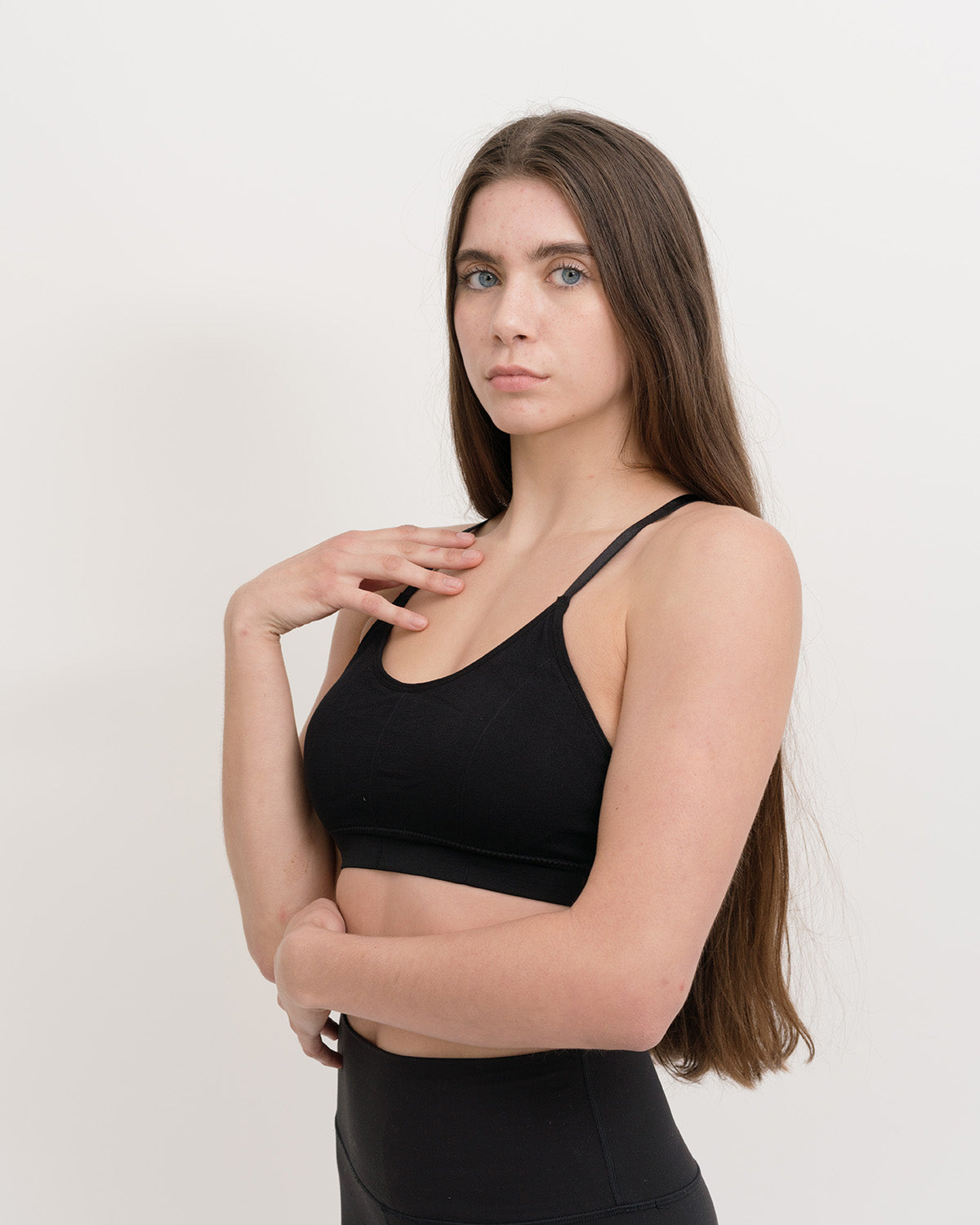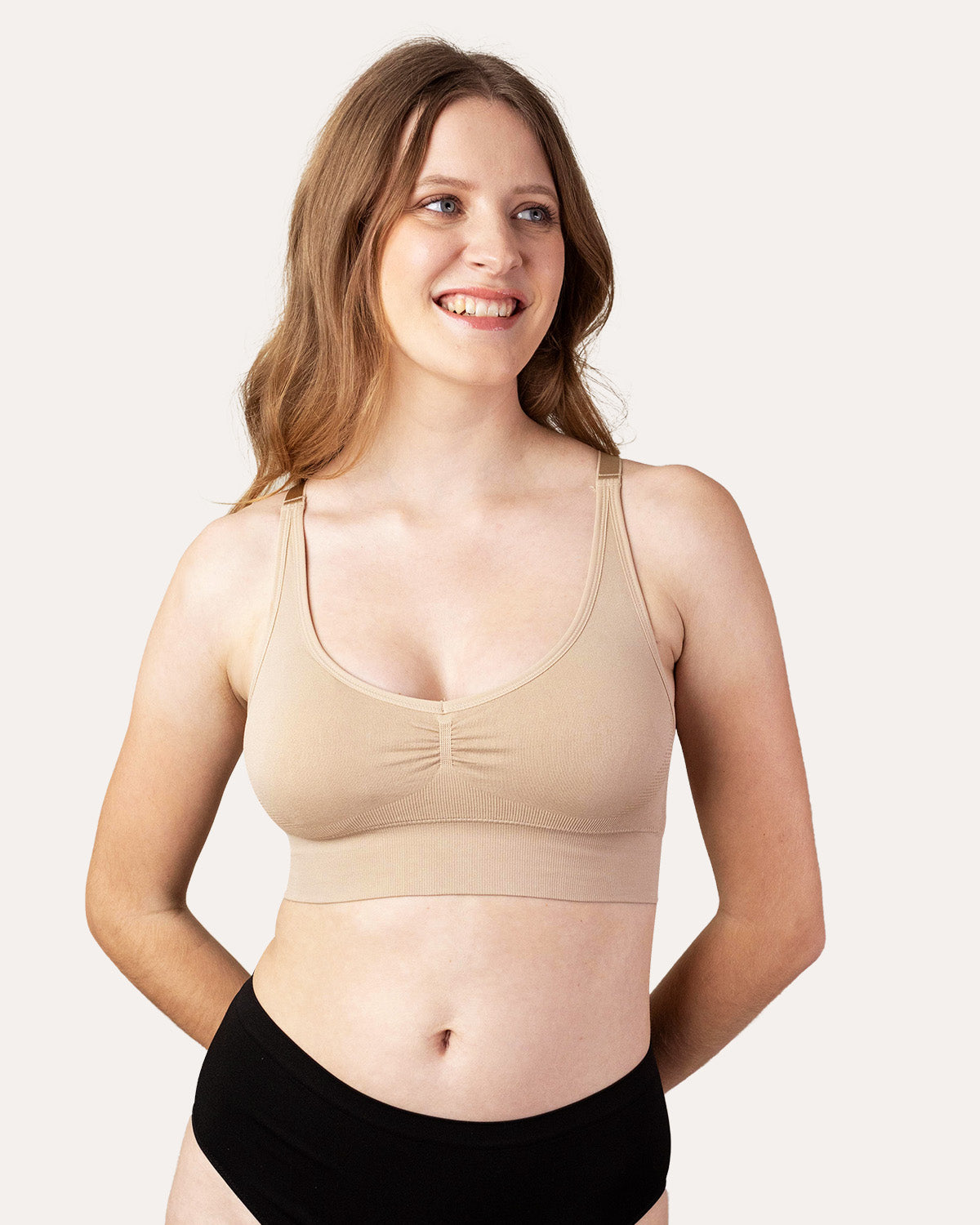Experiencing chafing in the groin area can be an uncomfortable and distressing issue, especially for females. If you encounter chafing in the groin area, particularly for females, you understand the discomfort and sensitivity associated with it. Chafing is an irritating condition that can catch you off guard.
Initially, you may feel warmth and a slight tingling sensation, but it quickly progresses to a burning and sore feeling. If left untreated, it can escalate to a level of pain that interferes with your ability to sleep.

The initial sensations of heat and slight tingling may quickly escalate to a burning and sore feeling, ultimately
leading to severe pain that disrupts sleep. In this article, we will explore what chafing is, why it commonly occurs
in
the groin area, effective preventive measures, and treatment methods to alleviate discomfort.
By understanding the causes and taking proactive steps, individuals can minimize chafing and find relief from the associated discomfort. So, let's delve into the comprehensive guide on how to treat chafing in the groin area for females.
What Is Skin Chafing?
Chafing occurs when the skin experiences friction from rubbing against itself or other surfaces, leading to skin irritation. This friction can arise from various movements, such as the inner arms rubbing against the torso or the inner thighs rubbing together.
Any area where the skin folds is susceptible to chafing, resulting in an unpleasant and bothersome rash. While chafing is more likely to happen in hot weather, where skin is exposed and there is increased perspiration, it can also be triggered by factors like tight clothing or rubbing against thick seams throughout the year.

The inner thighs and groin are common areas prone to chafing. Sweat glands are present throughout our bodies,
including
the vulva and thighs. However, the amount of sweat produced varies from person to person.
Factors like the number of sweat glands (which can range from 2 million to 4 million), gender, genetics, age, fitness level, and environmental conditions influence the amount of sweat one generates. There is no fixed standard for what constitutes 'normal' sweating, as individuals differ in their sweating patterns.
Why Does Chafing Happen on the Inner Thighs and Groin?
Sweating occurs in areas of the body where sweat glands are present, including the vulva and thighs. However, the amount of sweat produced can vary significantly among individuals.
For example, if two people engage in a workout on a hot day, their sweating levels can differ greatly. There is no universal standard for what constitutes 'normal' sweating, as it varies from person to person.

Several factors influence the amount of sweat produced, including the following:
● Number of sweat glands
On average, individuals have around 3 million sweat glands, but the range can vary between 2 million and 4 million. The more sweat glands a person has, the more sweat they are likely to produce.
● Gender
Men and women may have differences in sweating patterns due to hormonal variations and variations in sweat gland distribution.
● Genetics
Each person inherits a unique genetic makeup that can influence their sweating tendencies.
● Age
Sweating patterns can change with age. For example, children may sweat less than adults, and menopausal women may experience increased sweating due to hormonal fluctuations.
● Fitness level
Individuals who are physically fit tend to have a more efficient thermoregulatory system, allowing them to sweat more effectively during exercise.
● Environment
The surrounding temperature, humidity, and overall climate can impact sweating levels. Hot and humid environments tend to induce more sweating.
By understanding these factors, individuals can gain insight into why they may experience varying levels of sweating, including in the inner thigh and groin areas.

How to Prevent Skin Irritation and Chafing?
Preventing chafing is crucial, and there are various measures you can take to avoid skin irritation and discomfort. Here's a summary of the preventive steps:
● Maintain Cleanliness
Regularly shower with a mild soap, change your underwear daily, and wash sweaty clothes after each use. Gentle cleansing is essential to avoid further irritation.
● Use Antiperspirants
Consider using antiperspirants on areas prone to sweating, but avoid applying them around the vulva to prevent irritation and infection.
● Choose Moisture-Absorbing Powders
Opt for non-talc, all-natural powders with ingredients like kaolin or cornstarch to absorb moisture and keep the groin and thighs dry. Look for additional cooling, soothing, and antibacterial properties.
● Wear Breathable Clothing
Opt for loose clothing made of natural fibers like cotton or linen, as they allow for better airflow, quicker sweat evaporation, and minimize dampness and odor. Avoid tight, synthetic clothing that traps moisture.

● Utilize Specialty Products
Explore anti-chafing creams or products designed to reduce friction and promote skin glide. Petroleum jelly, coconut oil, or specialty anti-chafing sticks can be effective. However, ensure they are suitable for the thighs and avoid applying them to the sensitive groin area.
● Consider Moisture-Wicking Clothing
Invest in specialized workout gear made from performance fabrics designed to manage moisture and prevent chafing. Fitted bike shorts or leggings with cushioning and offset seams can be particularly helpful.
● Try Anti-Chafing Underwear
Use anti-chafing shorts or thigh savers to create a physical barrier between the thighs, especially when wearing light summer clothes like dresses. Look for moisture-wicking options to manage sweat effectively.
● Avoid Pads and Panty Liners
Refrain from using pads or panty liners as they can trap moisture against the skin, leading to increased discomfort and irritation.

If chafing does occur, here are some treatment suggestions:
● Gentle Cleansing
Use mild cleansers and avoid hot water. Pat dry the affected area gently without rubbing.
● Soothe with Lubricants
Apply petroleum jelly, coconut oil, or moisturizers with anti-inflammatory properties to soothe the chafed skin. Avoid products with fruit acids, AHAs, or strong scents that may cause further irritation.
● Take a Break
Temporarily pause any activities or exercises that caused the chafing to allow the skin to heal. Wear anti-chafing shorts during the day to prevent further irritation while remaining active.
Conclusion
Dealing with chafing in the groin area can be a discomforting experience, particularly for females. However, by understanding the causes and implementing preventive measures, it is possible to minimize the occurrence of chafing and alleviate the associated discomfort.
Maintaining cleanliness, using antiperspirants, opting for breathable clothing, and utilizing specialty products can all contribute to preventing chafing. In the event that chafing does occur, practicing gentle cleansing and applying soothing agents can help in the healing process.
































Leave a comment
This site is protected by hCaptcha and the hCaptcha Privacy Policy and Terms of Service apply.